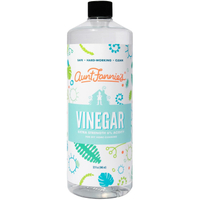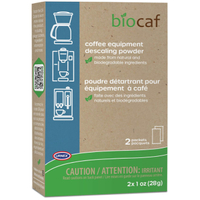Should you really be cleaning your coffee maker with vinegar? We asked the experts
Hint: it can depend on the type and brand of coffee maker
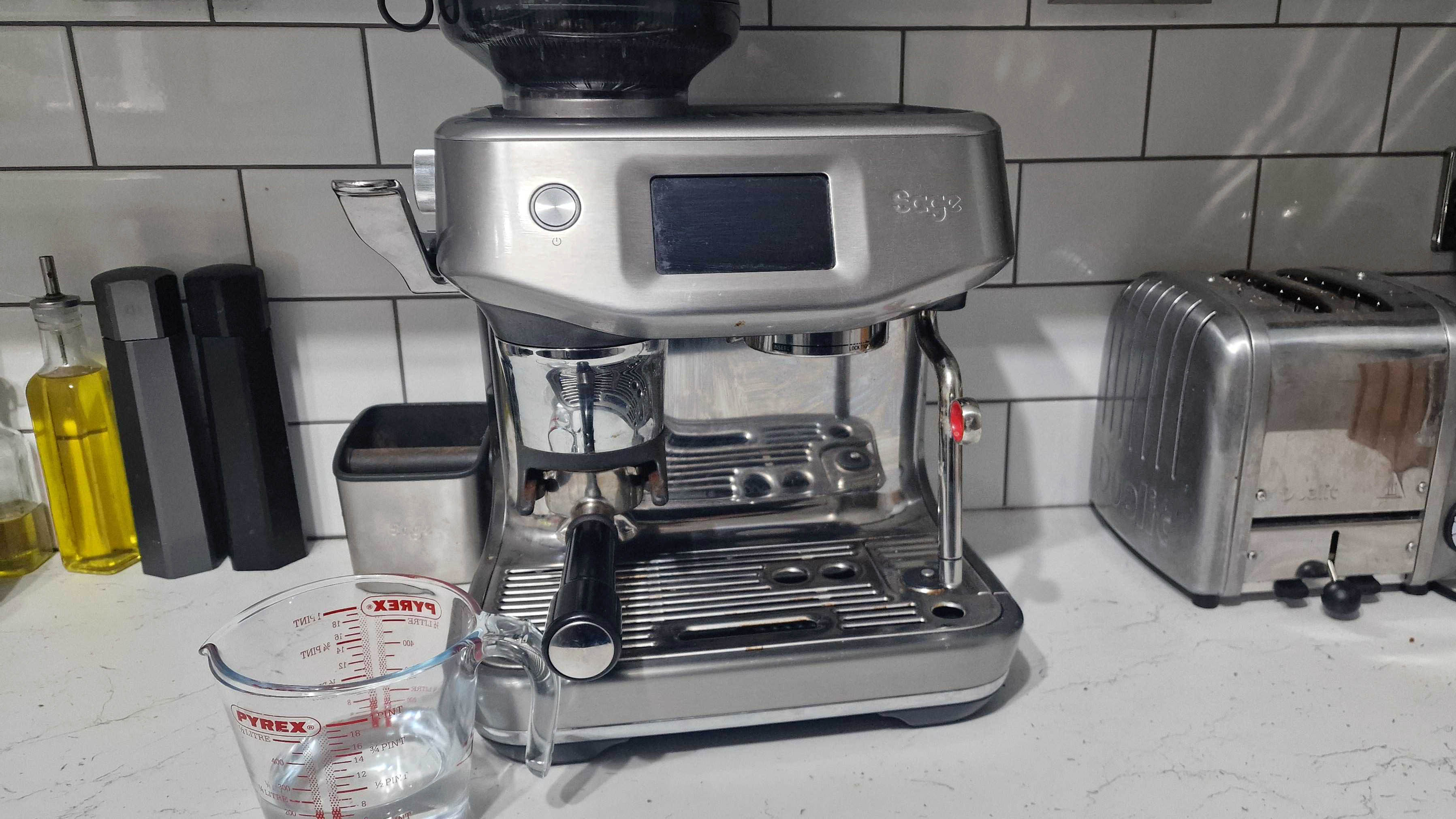
In the quest for more eco-friendly cleaning methods that don’t drown our homes, and in particular our kitchens, in strong industrial chemicals, many people have come to learn about the wonders of natural cleaning products including white vinegar.
White vinegar is an excellent non-toxic product that has multiple uses all around the home and it’s particularly good at removing mineral build ups caused by hard water. This is why it’s often considered as a possible substitute for chemical descalers when cleaning and descaling the best coffee makers.
And while this is great in theory, it’s not always the best option. Using white vinegar to clean some coffee makers could invalidate the warranty. Not to mention obvious concerns about a vinegary taste or smell lingering in your morning cup of Joe.
So to clear up some of the confusion, I’ve spoken to experts from top coffee brands. Here’s what you need to know.
Should you use vinegar to clean a coffee maker?
Before you even consider cleaning with vinegar, experts advise that you should always check the manual for your own coffee maker. Different manufacturers have different rules about how their products should be cleaned.
Georgia Redfern, Product Developer at Cuisinart urges caution. “Vinegar is a popular and effective method of cleaning coffee machines, and for good reason, as it’s brilliant at removing tough mineral buildup and coffee stains, says Redfern. "However, although it has its benefits, it is not recommended for all types of coffee machines – so I always recommend checking your machine’s product manual first for guidance.”
Some coffee maker manufacturers even go so far as to suggest that unless you buy and use their own brand of descaling product, you will invalidate the warranty, so it’s certainly worth paying attention to the fine print in your manual.
Sign up to get the BEST of Tom's Guide direct to your inbox.
Get instant access to breaking news, the hottest reviews, great deals and helpful tips.
One thing that all coffee maker manufacturers agree on is that you do need to clean and descale your coffee maker regularly. This is especially crucial for coffee makers that include milk steaming devices.
“While it may feel like a chore, neglecting to clean your coffee machine can cause more harm than you realize," says Nick Dash, Global Product Marketing Director and in-house coffee expert at Philips. "Milk residue left in the tubes can encourage mold growth and harbor dangerous bacteria like E. coli, potentially leading to food poisoning.”
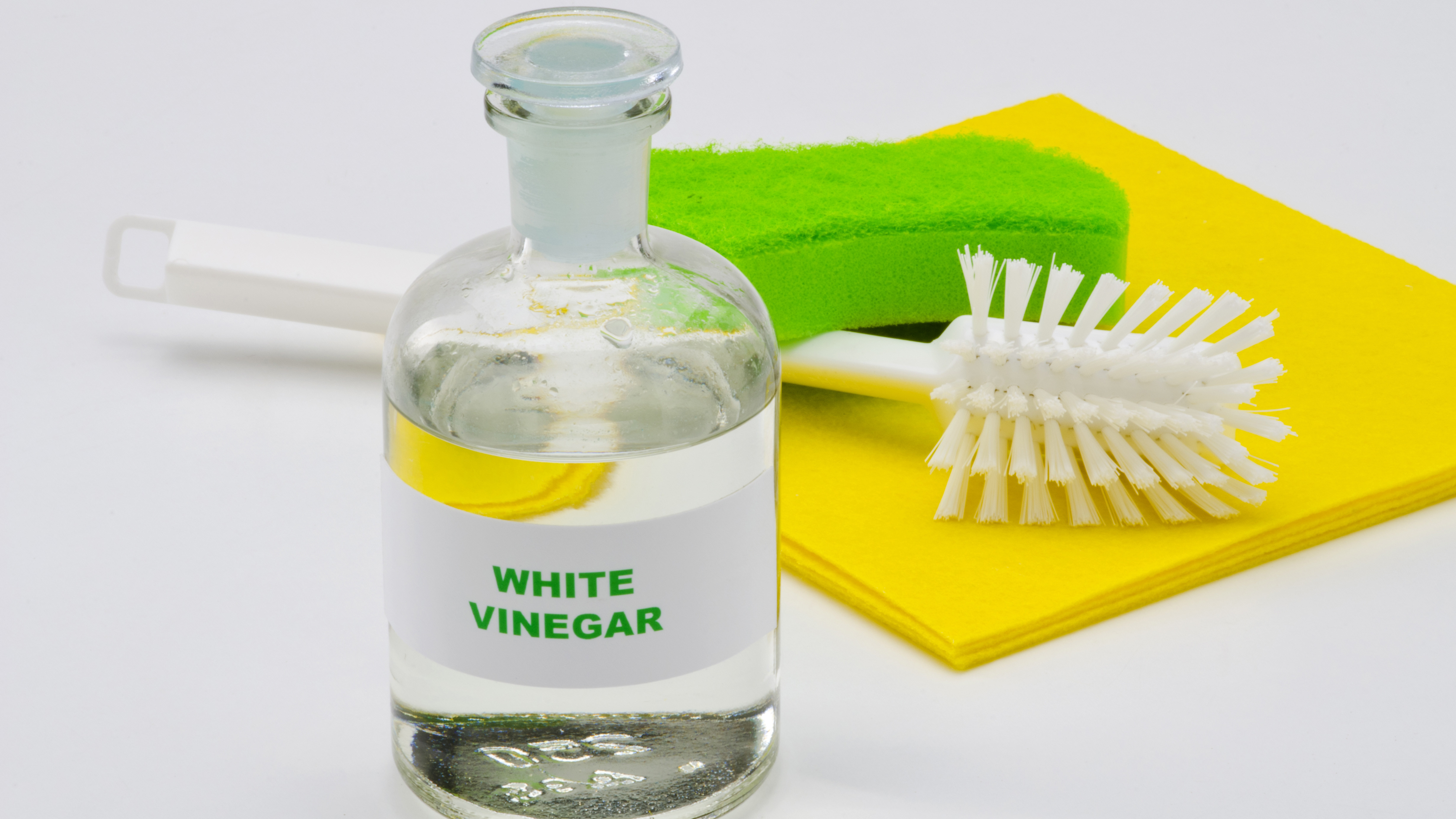
Redfern agrees with Dash on the importance of regular cleaning, which she says is essential for “ensuring good hygiene and functionality”. She goes on to suggest that “bacteria and mold can grow in damp areas of the machine if not cleaned regularly, as can mineral buildup from water which causes clogs and decreases the product lifespan.”
But it’s not just about hygiene, keeping your coffee maker clean is important for flavor too. “Cleaning your coffee machine is important for many reasons, a primary one being to maintain your coffee machine’s taste, as oils and residues can quickly build up, and no one wants a horrible coffee!” adds Redfern.
The advice surrounding cleaning or descaling a coffee maker with vinegar depends on what type of coffee maker you own. From drip coffee makers and espresso machines to single serve coffee makers, here are the best methods to clean with vinegar.
Can you use vinegar to clean a drip coffee maker?
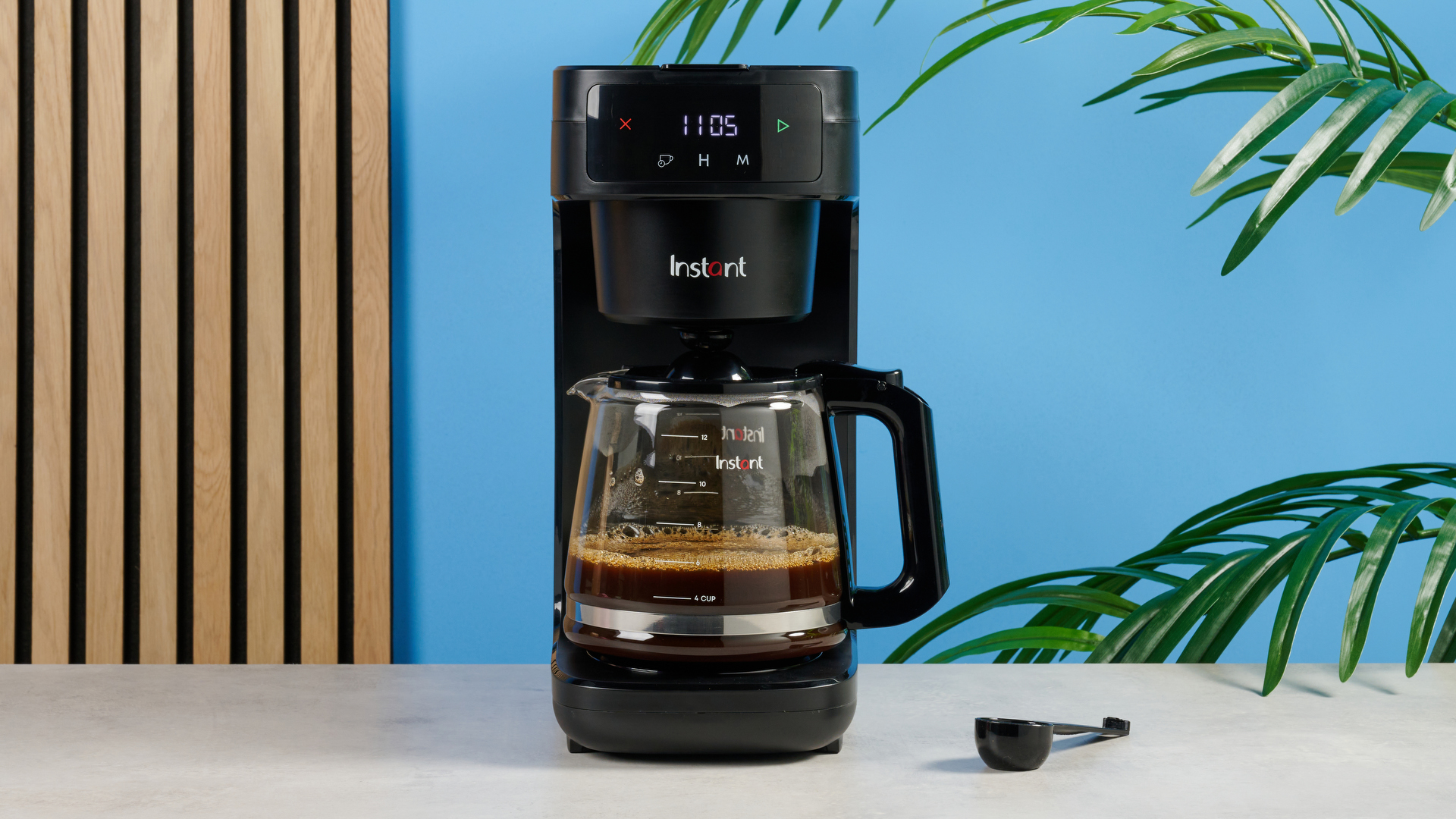
Drip coffee makers are some of the most straightforward coffee appliances you can buy and the good news is that many (but not all) can be cleaned with vinegar. “For any drip coffee machines that have parts that can’t be put in the dishwasher, vinegar is a good alternative – and much safer than harsh cleaning agents which should never be used.” adds Redfern.
Simply follow the steps below:
- Fill the water tank completely with a mixture of 1/3 white vinegar and 2/3 water and switch the appliance on; one cycle should be sufficient to descale the appliance.
- If your machine has a ‘Clean’ button, press this to turn the coffee maker on and start up a clean cycle.
- Repeat this cycle once more using just cold tap water.
- If you do not have a clean or descaling button, then simply run 2-3 brew cycles with the diluted vinegar mix, followed by one with fresh water.
- When cleaning your drip filter coffee maker with vinegar, do not ever immerse the main housing unit in water or other liquids.
- To clean the housing and control panel, simply wipe with a clean, damp cloth and wash the carafe and lid in warm, soapy water and rinse thoroughly.
It’s important to note that this doesn’t apply to all drip coffee makers. Moccamaster is a premium European manufacturer that makes the Moccamaster KGBV Select - a favorite here at Tom’s Guide. Advice on the Moccamaster website categorically states, “do not use vinegar or (organic) citric acid-based descaling agents, as these result in a lasting bad taste of coffee because the acid is aggressive and reacts chemically with the copper heating element.”
Moccamaster is very particular about the products it advises using for cleaning and descaling. And this underscores the importance of checking the manual for your specific coffee maker before using any product for cleaning or descaling.
Not all vinegar is designed for cleaning, but this option from Amazon is extra strong and designed to blast through buildup. It can also be used to clean a variety of surfaces such as grout, porcelain, and stainless steel.
Can you clean an espresso machine with vinegar?
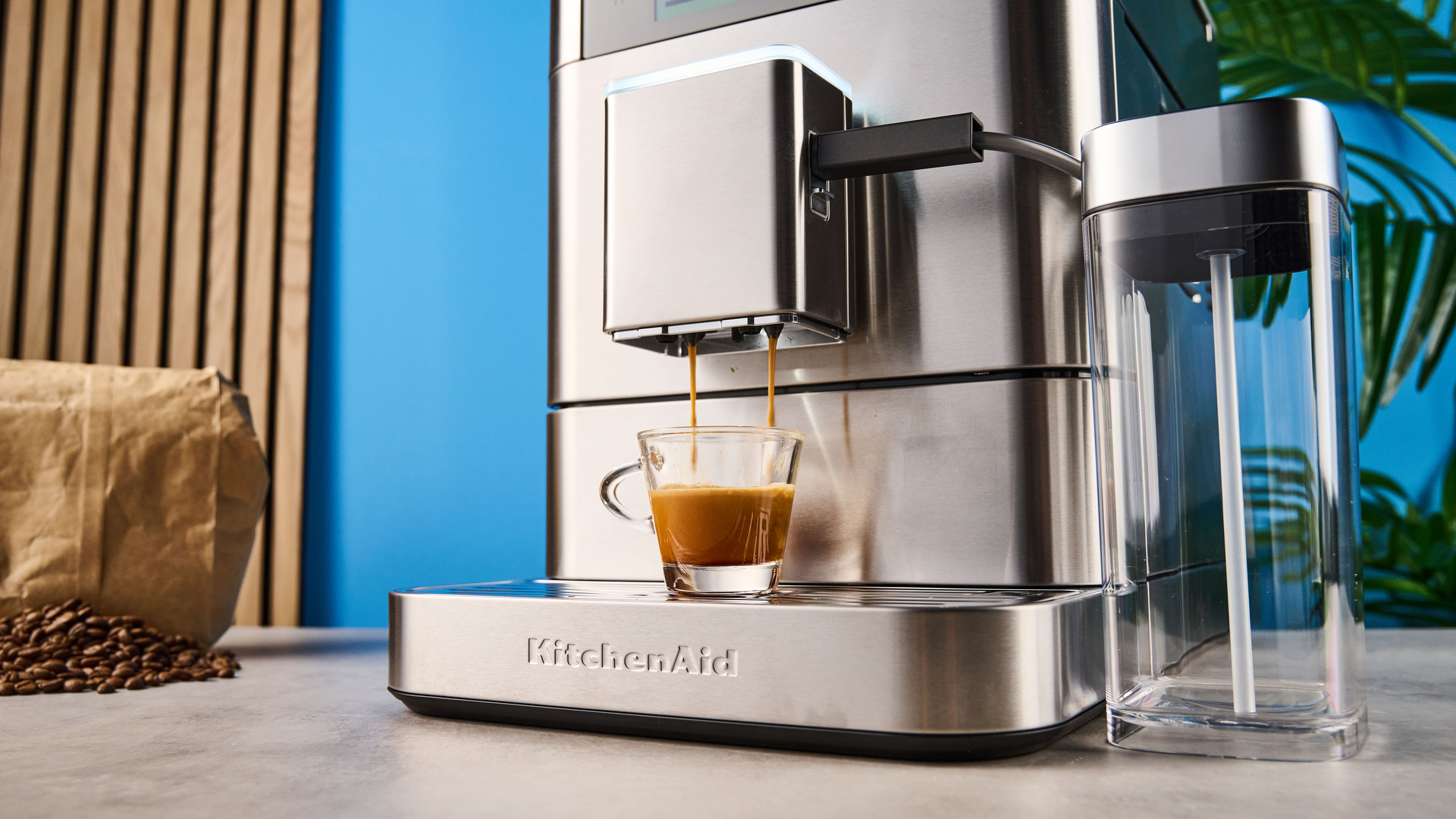
If you have one of the best espresso machines, consensus here is that you should avoid cleaning with vinegar. A representative from the KitchenAid press office said, “KitchenAid advises not to use vinegar for cleaning the new KitchenAid Espresso Collection” and they forwarded cleaning guidelines that come with the espresso machines. These guidelines clearly state; “do not use vinegar or vinegar-based materials for descaling”
The experts at Cuisinart agree. “Using vinegar to clean an espresso machine is generally not recommended," says Redfern. "While vinegar can effectively remove mineral buildup, it can also leave behind a strong odor and affect the taste of coffee in espresso machines. Additionally, some of the inside components can be damaged by acidic substances such as vinegar.”
As always, you should follow the advice given in the product manual. But if you’re not sure, Redfern suggests that you “consider alternatives such as a commercial descaling solution specifically designed for espresso machines, as these are effective and safe for the machine's components.”
These are sometimes available from the coffee maker manufacturer directly, or you can find more generic products online, Amazon for example offers plenty. Likewise for cleaning tablets which Redfern suggests as “another great way to clean internal parts.”
Recommended by over 1,000 Amazon reviews, this water-soluble descaling powder claims to work on a number of brands, including Keurig, De'Longhi, Nespresso, Ninja, Hamilton Beach, Mr Coffee, and Braun.
Your product manual should guide you through a step by step cleaning and descaling process that's specifically designed to optimize the performance of your particular espresso machine, whilst ensuring the delicate components are undamaged by the cleaning process.
But if you’re worried about using too many chemical cleaners, Redfern adds “you can use water for less specialized cleaning. To do this, simply run warm water through the machine to rinse out any residual coffee oils.”
Can you clean a single serve coffee maker with vinegar?
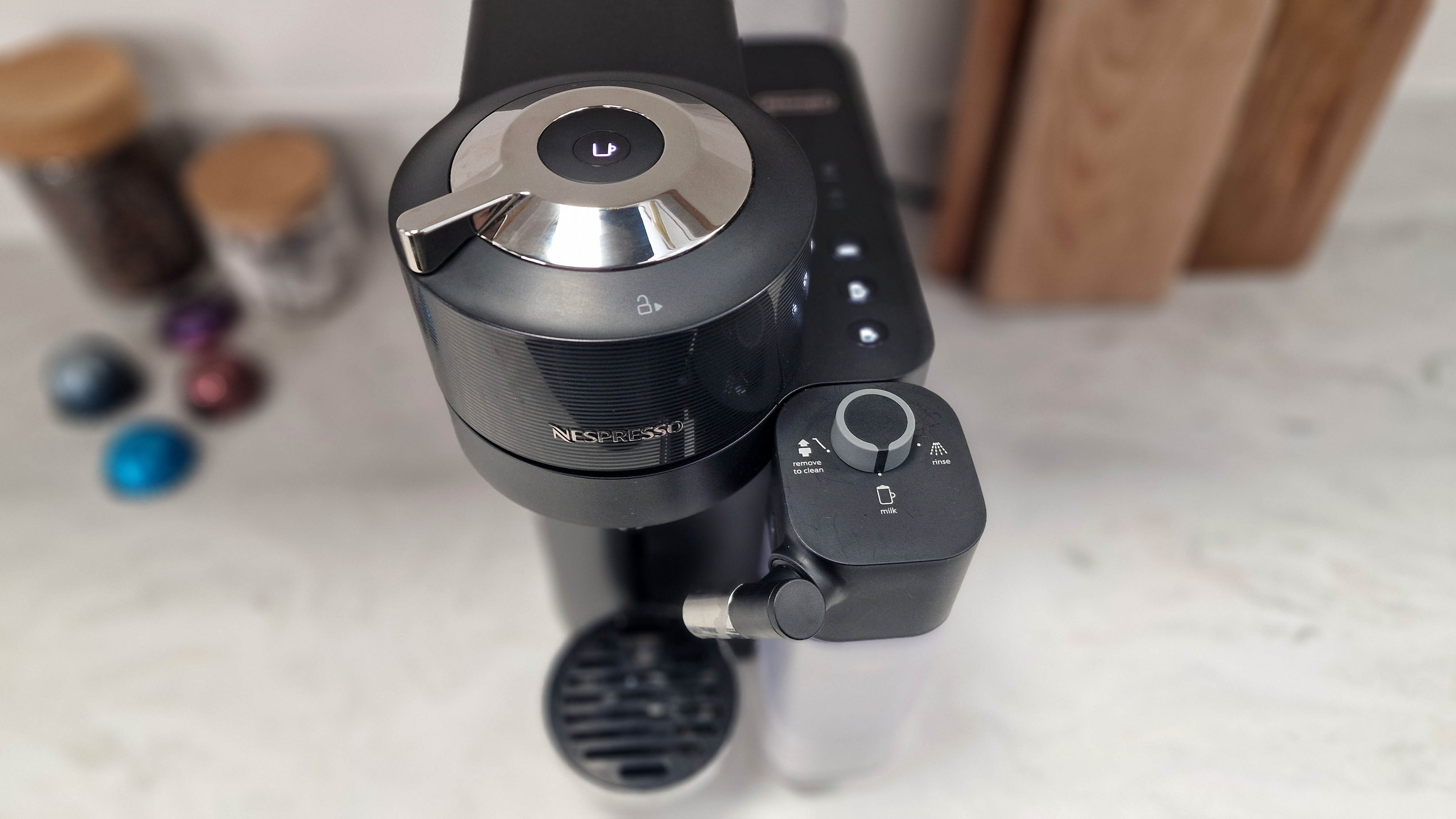
Once again, opinion is divided. I’ve scoured advice given by Nespresso in its product manuals and some of them clearly state that you should “never use any product other than the Nespresso descaling kit available through Nespresso to avoid damage to your machine”.
However, Redfern says that you can use vinegar “but it’s best to dilute it.” - as long as you use the following steps:
- To do this safely it’s best to mix equal parts of water and white vinegar.
- Next, pour the vinegar solution into the water reservoir.
- Start a new brewing cycle without a coffee capsule and let the solution run through the machine.
- Once the brewing cycle has completed, it’s important to run a couple of additional cycles with only water to allow any remaining vinegar and odors to be flushed out.
- Following these steps regularly will ensure that the machine’s performance and the quality of your coffee is maintained.
Once again, it’s important to reiterate that you should check your product manual before following any cleaning steps that utilize vinegar.
Why is vinegar so good for cleaning?
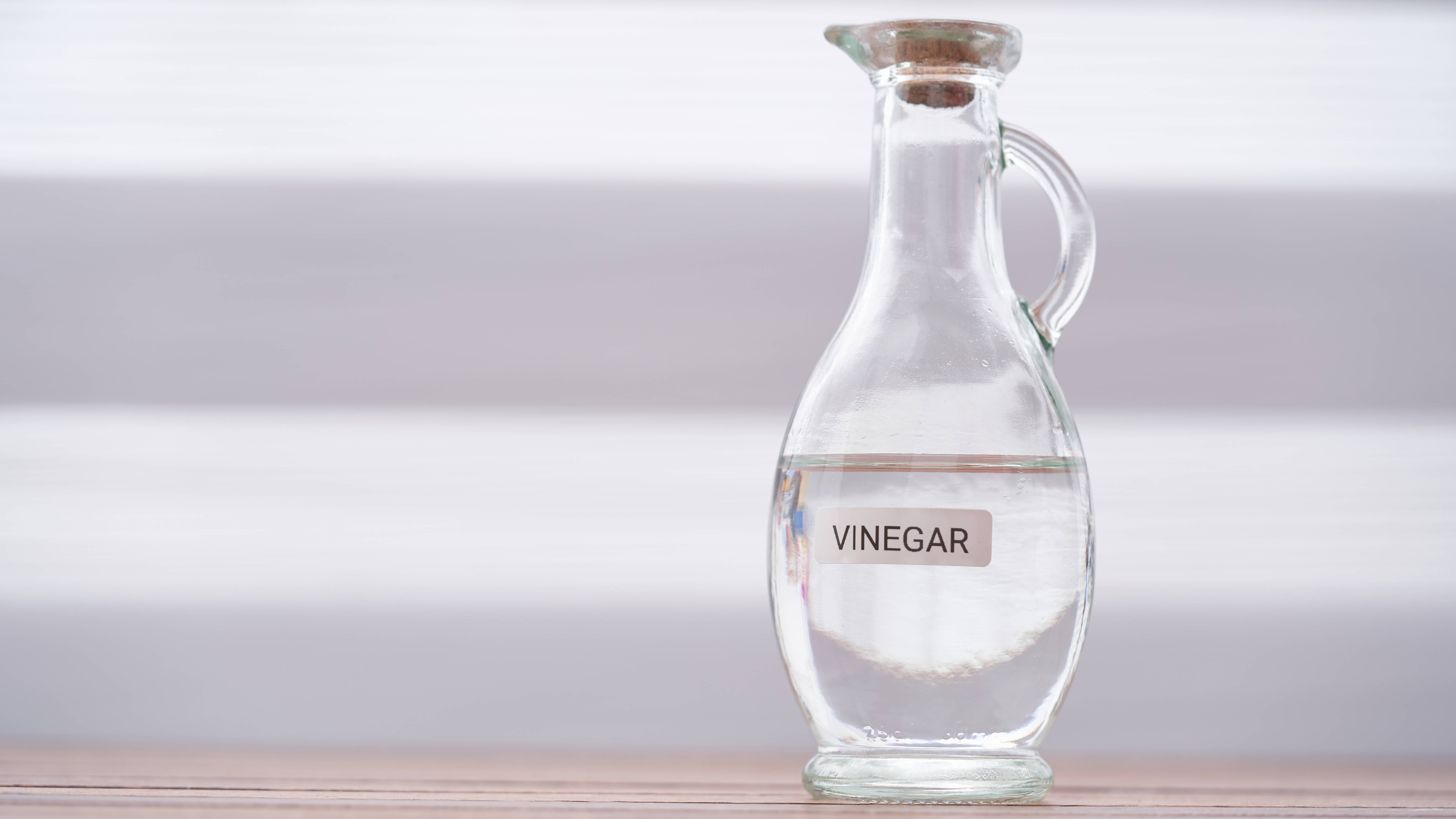
White vinegar is a completely natural, non-toxic product that’s relatively inexpensive. Its natural acidity means it can break down mineral deposits which is why it works well for cleaning kitchens and bathrooms. What’s more, it is said to have antimicrobial and odor neutralizing properties.
There are lots of ways white vinegar can be used for cleaning in the home, but it’s also worth reading about these things you should never clean with white vinegar.
More from Tom's Guide
Helen started reviewing home and kitchen appliances in 2007 at the Good Housekeeping Institute and has never looked back. She’s now freelance and reviews all sorts of appliances from her home in a pretty village in the UK. Despite having reviewed hundreds of coffee machines in her time, she’s only recently developed a love for coffee and a daily coffee habit, which makes tasting all those coffees much more enjoyable!
